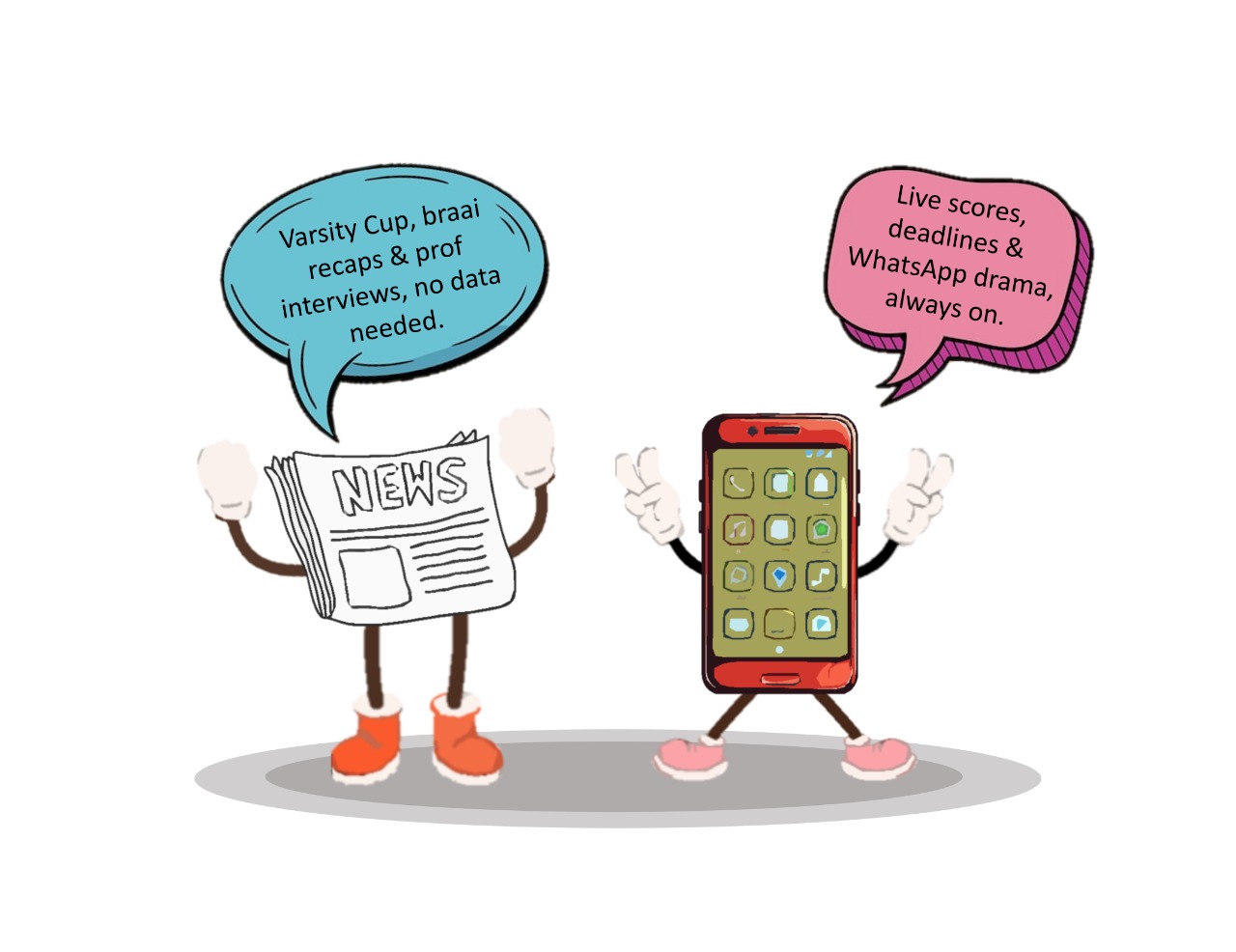Between the grand halls of fantasy and the neon-lit corridors of sci‑fi, a debate rages: how do students prefer to consume their news? A recent Instagram poll by PDBY asked exactly that, and the results were surprising. 71% of respondents confessed to having a soft spot for print while an overwhelming 86% acknowledged that online outlets deliver updates faster. 85% of students said the tactile rustle of newspapers enriches their reading experience, and 94% agreed that a newspaper carries a nostalgic charm. Yet when it comes to interactivity, embedded videos, live polls, and animated graphics, 40% of respondents do not feel a strong engagement with digital platforms.
The clash between print and digital news is like choosing between fantasy and science fiction. Print offers the simple pleasure of holding a newspaper, turning its pages, and savouring each article at your own pace. Online news, by contrast, is all about instant updates, push notifications, live feeds, and scroll‑through headlines that keep you glued to your screen.
Tuks alumnus and social media influencer Orabile Mashigo, better known as @mashnotpotatoes online, recently debuted his own segment on the Dan Corder Show, and he captures this duality with characteristic frankness. “Print and online in South Africa… it’s a bit of a 50‑50,” he observes. “A lot of South Africans don’t have expendable income to be sending out R14 or R20 for a newspaper. Even if they do, young people’s attention spans have drastically decreased and they don’t have the time to sit down and read an entire newspaper.” And yet, the crucial long reads that probe the nooks and crannies of our society often lurk behind digital paywalls. “I have a subscription with News24, but that’s rare. Many don’t see the value in it.”
Mashigo’s diagnosis goes deeper: news outlets still see themselves primarily as “newspapers”, he argues, rather than as multimedia houses. He points to innovators like Daily Maverick who bolster their written reporting with YouTube explainers and TikTok clips to meet young audiences where they live. “They’re not just sticking to their print or online sites,” he says. “They’re branching out.”
As the debate unfolds, one thing is clear: print and online are not mortal enemies. Rather, they are companions on a broader media quest. The romance of printed news, as shown by 94% nostalgia among students, need not be sacrificed at the altar of convenience. Neither should the hunger for immediacy and engagement, affirmed by 86% of voters and tempered only by digital fatigue among some. Perhaps the future of student journalism lies not in choosing one genre over the other, but in crafting a hybrid narrative where fantasy’s tactile magic and sci‑fi’s boundless speed fuse into a new, richer story.

